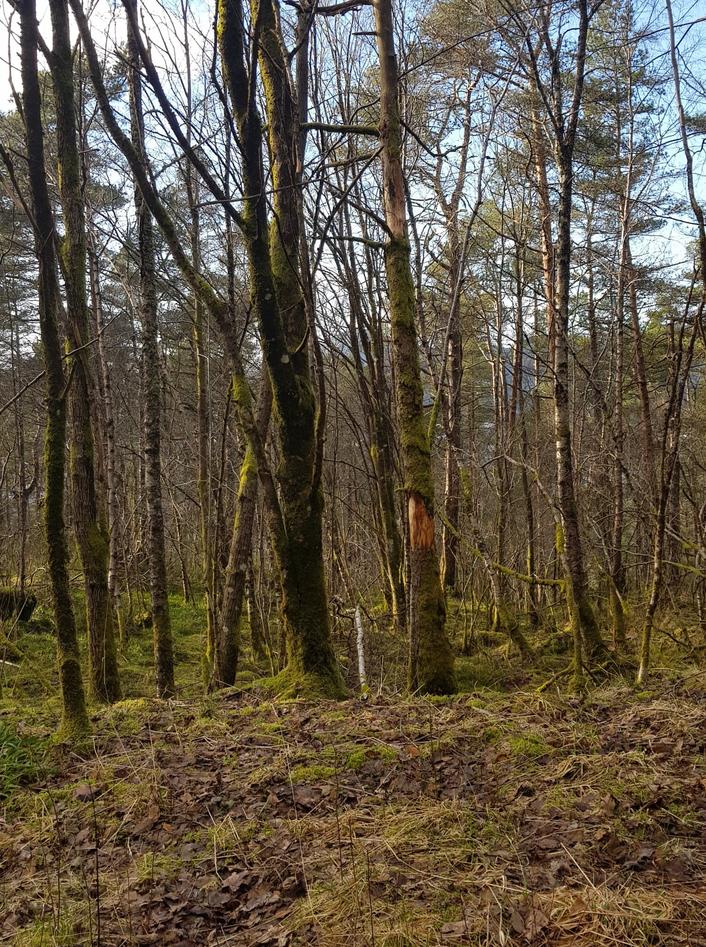Utilization of woody biomass and residues for production of energy products and high-value natural compounds
This project addresses basic research challenges in the different steps of biomass treatment and use to provide a validated basis for developing a lignocellulosic woody biomass biorefinery that is suitable for the conditions specific to Western Norway.
Hovedinnhold
The method for transforming biomass to bio-oil in this project will be hydrothermal liquefaction. The lignin-to-liquid method (LtL) is a hydrothermal liquefaction method developed at the Department of Chemistry UiB, using water as a reaction medium and formic acid as a catalyst to yield a gas phase, aqueous phase, oil phase and a solid phase. The yield and chemical composition of the bio-oil produced by hydrothermal liquefaction is complex, varying and are highly dependent on reaction time, temperature, and feedstock. To optimize this process, these variables needs to be studied further.
I attended the interdisciplinary NorRen summer school on flexible energy systems. The overall focus was flexible energy systems with a particular emphasis on wind, solar, hydrogen and the interactions between these technologies. An assignment was required to complete the summer school, so I wrote an essay regarding the coal-based power generation on Svalbard and proposed alternative solutions when coal mining is no longer a viable option.
My first article will aim to compare different rapid analyzing techniques in their ability to predict lignocellulosic biomass composition. To cover a large variability in the correlation model, samples from three different trees; spruce, birch and pine growing naturally on the coast of Western Norway are further fractionated into heartwood, bark, twigs, and leaves/needles, yielding a total of 36 different samples. The samples set can thus also be a source for further elucidation of the variability of chemical composition within and between different species or different parts of trees. Using the prediction methods that proves viable, a correlation between biomass composition and bio-oil composition will be the next step. Models to predict composition and yield of bio-oil based on the feedstock have the potential to provide large scale biorefineries an opportunity to adjust the process conditions in favor of the desired end products.
Further work will be conducted towards investigating the effects of lumber quality on conversion to bio-oil. If low quality lumber (rotten, miscolored, physical configuration etc.) proves viable for bio-oil production, the demand will increase. Extracting low quality lumber from the forest is also relatively easy, as opposed to residues like twigs and needles. This work includes estimating lignin content using the model developed earlier and corelating chemical information from the raw material to the yield and chemical information of the product.
